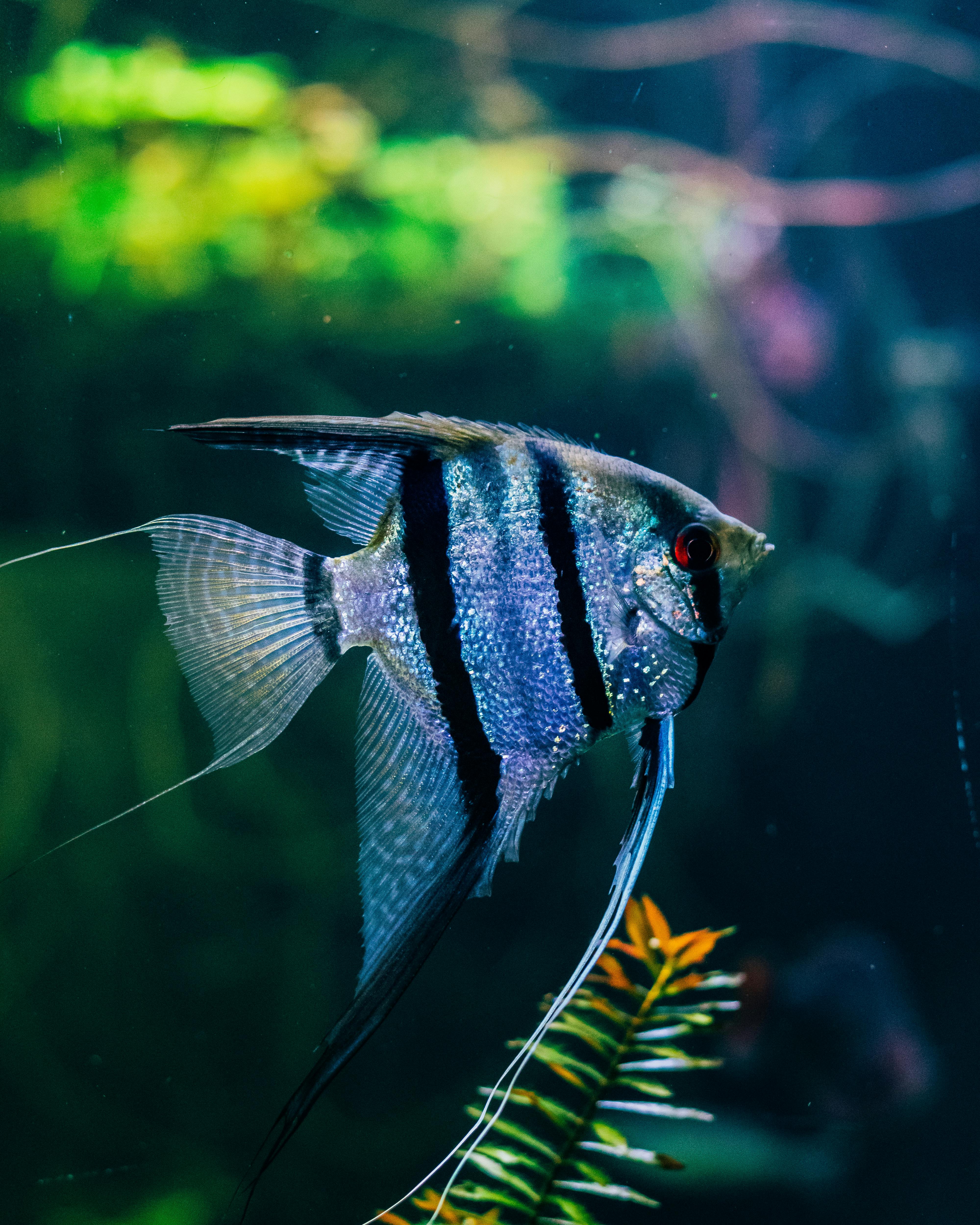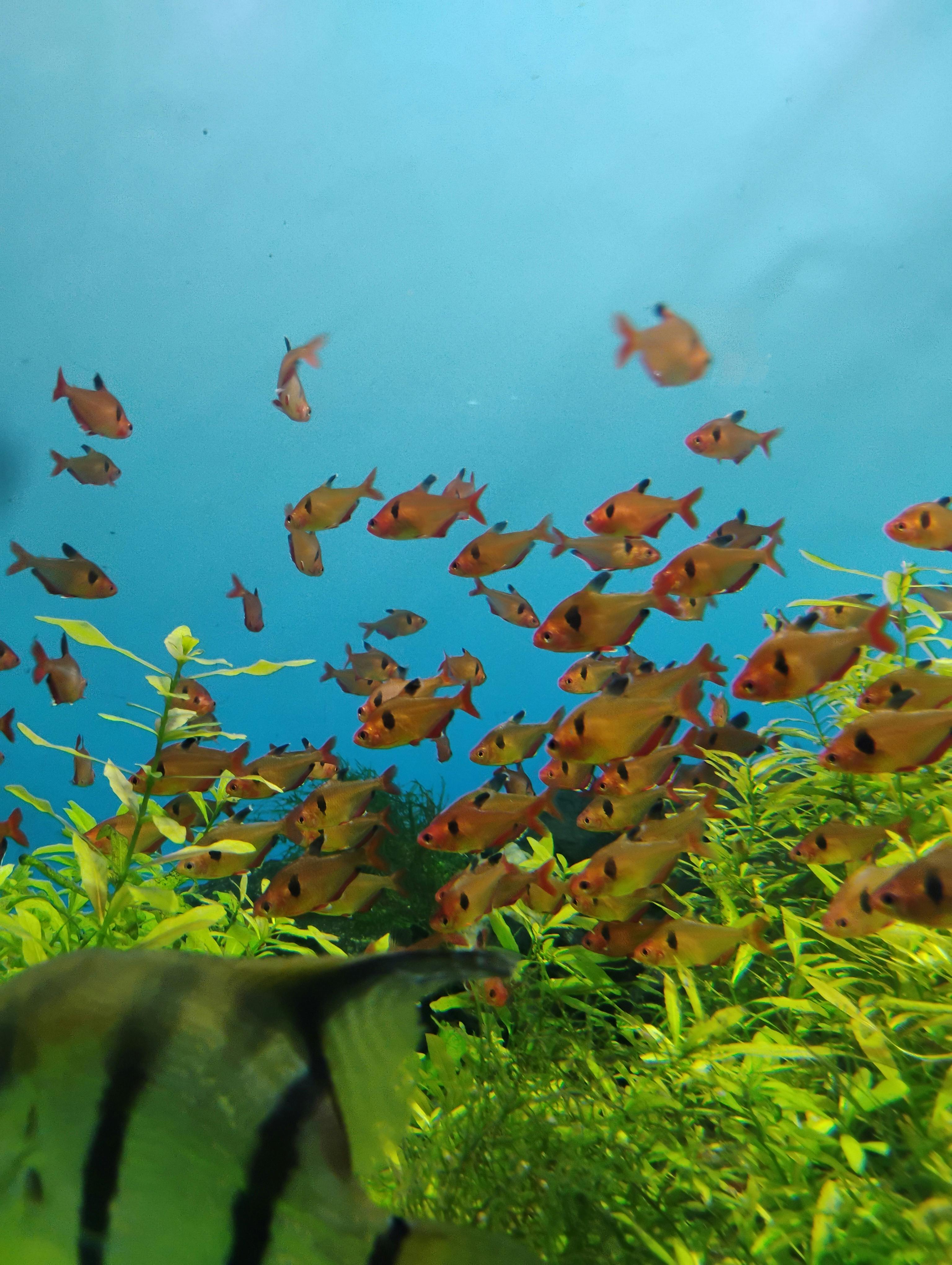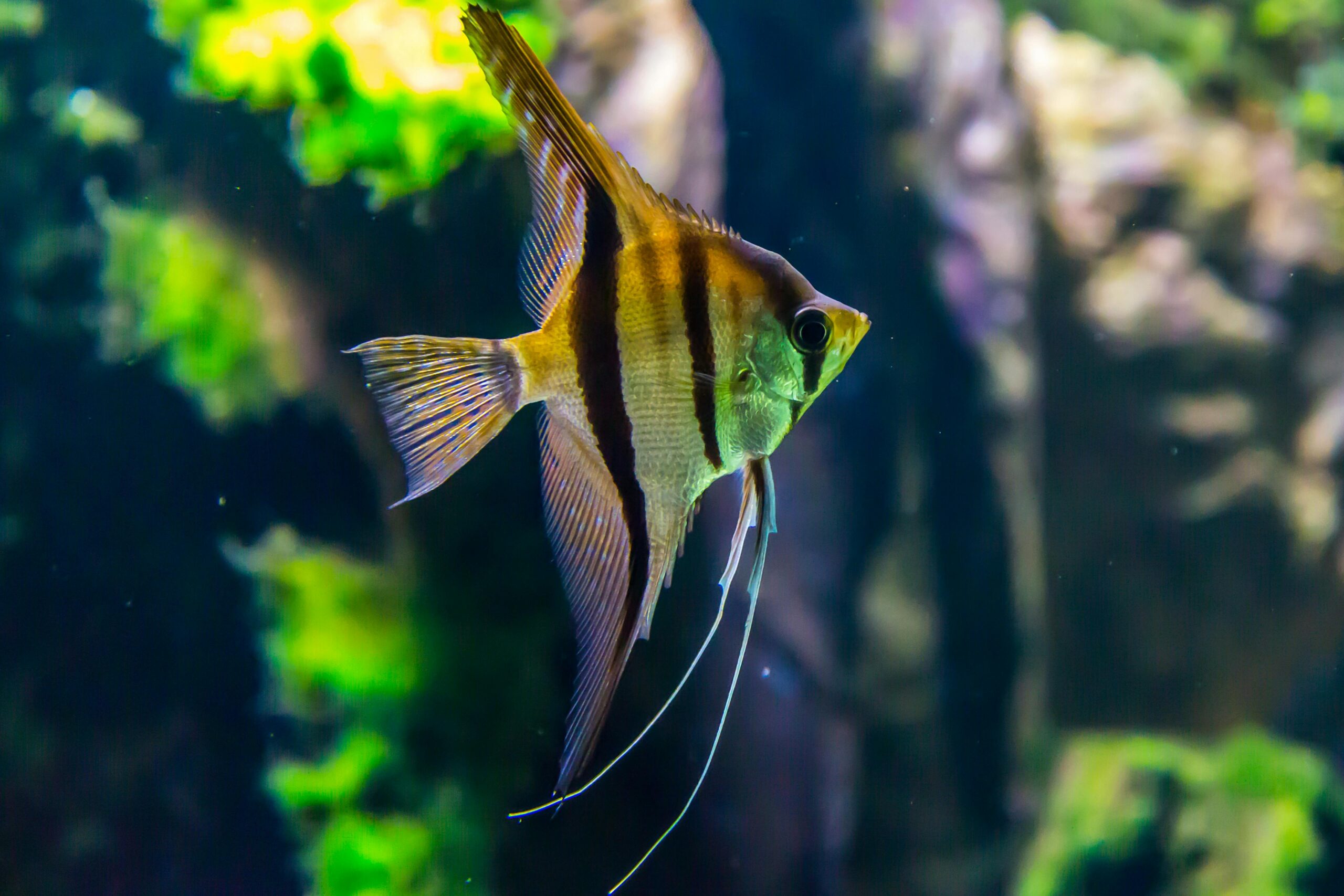Practical Guide to Setting Up a Live Fish Tank in 2025: Discover Proven Tips
Setting up a live fish tank can be a rewarding experience, allowing you to create a captivating aquatic environment right in your home. In 2025, advancements in aquarium technology and design offer new possibilities for both novice and experienced aquarists. This guide will cover essential aspects of fish tank setup, focusing on everything from selecting the right equipment to maintaining a healthy aquatic ecosystem.
Having a fish tank as a hobby also comes with numerous benefits, including stress relief and educational opportunities about aquatic life. As you embark on this journey, you’ll discover how to ensure the well-being of your fish and the longevity of your tank. This article will explore proven tips for tank design, equipment selection, maintenance strategies, and more.
Key takeaways include understanding your preferred fish species, creating a suitable environment, and implementing effective maintenance routines. With this guide, you’ll navigate through the complexities of a successful aquarium setup and management.
Essential Steps for Designing Your Aquarium Layout
Creating an aquarium layout is an essential aspect of establishing a thriving fish tank. The right design not only enhances aesthetics but also provides a healthy habitat for fish and plants. Start by considering the size of your tank—a larger tank may be easier to maintain than a small one, as it allows for better water stability.
Choosing the Right Aquarium Size
The size of your fish tank should align with the types of fish you plan to keep. For example, if you are considering community fish or tropical fish like bettas, you might opt for a 20-gallon aquarium or larger to provide plenty of swimming space. Additionally, smaller tanks like nano aquariums can be ideal for shrimp or small fish species, but they require meticulous care due to their limited water volume.
Incorporating Aquatic Plants
Aquatic plants play a vital role in maintaining water quality and creating a natural environment. Incorporating live plants not only improves aesthetics but also provides hiding places for fish and contributes to oxygenation. Popular choices include java fern and anubias, which are low-maintenance and adaptable to various lighting conditions.
Creating Visual Interest with Decor
Decorative elements such as rocks, driftwood, and aquarium backgrounds can significantly enhance your tank’s visual appeal. When planning your layout, consider using a variety of sizes and shapes to create depth and interest. Ensure all decorations are fish-safe, and avoid sharp edges that could harm your aquatic pets.
Using Proper Aquascaping Techniques
Successful aquascaping requires careful planning and a good understanding of your aquarium’s dynamics. Techniques such as the rule of thirds can help you position elements for optimal visual balance. Strive to create a sense of depth by layering taller plants at the back and shorter ones in the front.
With these design principles in mind, you can effectively plan the layout of your aquarium, paving the way for a successful tank setup that will impress visitors and provide a happy home for your fish.
Choosing and Maintaining Aquarium Equipment
The right equipment is crucial for the health and success of your home aquarium. Invest in quality gear that suits your tank’s requirements and budget. Essential items include filtration systems, heaters, and lighting, all of which contribute to a stable environment.
Selecting the Best Filtration System
Filtration is one of the most critical components in aquarist success. A good filtration system helps maintain water quality by removing waste and toxins. Consider options like canister filters or hang-on-back filters, as they offer efficient filtration for various tank sizes. Regular maintenance of your chosen system ensures optimal performance.
Importance of Proper Heating and Lighting
Maintaining stable water temperature and quality is vital for fish health. Choose a reliable fish tank heater suitable for your tank size and type of fish. Additionally, appropriate lighting is crucial if you plan to incorporate live plants. LED lighting is popular for its energy efficiency and adjustable spectrum capabilities.
Monitoring Water Quality Regularly
Consistent water quality checks are essential for fish care. Regular testing of pH, ammonia, nitrite, and nitrate levels will help you understand your tank’s health status. Implementing routines for water changes and speaking with local experts on fish tank water testing can prevent common fish diseases.
Investing in Quality Fish Food
Providing your aquatic pets with high-quality fish food tailored to their dietary needs is vital. Research the nutritional requirements for each fish species in your tank, as some may need specialized diets or supplements. Overfeeding should be avoided, as it can lead to serious health issues.
With careful attention to equipment selection and maintenance, you can provide a safe and comfortable environment for your fish, enhancing their health and longevity.
Understanding Fish Compatibility and Tank Cycling
Before introducing fish species into your aquarium, understanding compatibility is crucial for a harmonious environment. Each species has unique needs and temperaments, influencing how they interact with one another. Proper tank cycling is equally important to establish beneficial bacteria that support a sustainable ecosystem.
Assessing Fish Compatibility
Research the behavior and requirements of different fish species to ensure they will thrive together. Community tanks can support multiple species, but be cautious of aggressive fish like cichlids that may harass more docile tank mates. Utilizing resources for fish compatibility can aid in making informed decisions for stocking your aquarium.
The Aquarium Cycling Process
Tank cycling is essential for establishing a healthy environment. This process involves cultivating beneficial bacteria that convert fish waste into less harmful substances. The nitrogen cycle—consisting of ammonia, nitrite, and nitrate stages—should be monitored closely. Regular testing during cycling ensures optimal conditions for introducing fish.
Identifying Fish Species and Breeding Needs
When considering a mix of fish, also evaluate breeding requirements and potential health concerns. Certain species may require specific conditions for breeding, including water temperature and pH levels. Implementing fish breeding tips can lead to successful reproduction but requires careful attention to tank dynamics.
Practical Tips for Successful Fish Introduction
Once the cycle is complete and you understand compatibility, it’s time to introduce fish into your aquarium. It’s advisable to add fish gradually rather than all at once, allowing the tank to adjust and reduce stress. Monitor for any signs of distress to ensure a smooth transition.
By understanding these dynamics, you can create a peaceful and thriving aquatic community in your live fish tank.
Executing Proper Tank Maintenance and Troubleshooting
Regular maintenance is vital for ensuring a healthy fish tank. Establishing a routine that encompasses cleaning, water changes, and equipment inspections will support a balanced aquatic ecosystem. Effective troubleshooting strategies can also help identify and resolve common aquarium challenges.
Developing a Tank Maintenance Schedule
A tank maintenance schedule should incorporate weekly, monthly, and seasonal tasks. Regular water changes, typically 10-20% of the tank volume, are crucial for removing waste and replenishing minerals. Keeping a log can help track progress and identify potential issues before they escalate.
Cleaning Your Aquarium Safely
Cleaning an aquarium doesn’t mean a complete breakdown of the system. Use gravel vacuums for substrate cleaning, and wipe down glass surfaces regularly to prevent algae buildup. Be careful not to remove all beneficial bacteria; maintaining the integrity of your filtration system is key.
Identifying Common Fish Diseases
Knowledge of common fish diseases can help you act quickly when any signs of illness appear. Symptoms such as changes in appetite, swimming habits, or physical appearance can indicate health issues. Staying informed about fish disease management can facilitate early intervention and improve recovery rates.
Troubleshooting Water Quality Issues
Water quality problems are often at the root of many aquarium challenges. If you notice cloudy water, algae overgrowth, or unusual fish behavior, consider testing for ammonia, nitrite, and nitrate levels. Adjust your maintenance routine accordingly to restore balance.
By establishing a reliable maintenance routine and being proactive about troubleshooting, you can mitigate many potential problems, ensuring a successful environment for your aquatic inhabitants.
Considerations for Fish Breeding and Live Plants
Fish breeding can add another layer of excitement to your aquarium, and incorporating live plants enhances the overall environment for both fish and their offspring. Understanding their specific needs is crucial for success.
Successful Breeding Techniques
When breeding fish, provide suitable conditions such as nesting sites and optimal water parameters. Research species-specific breeding habits, as some fish require separate tanks for breeding. Implementing practical breeding tips will increase your chances of a successful spawn.
Integrating Live Plants for Breeding Success
Live plants provide both shelter and food sources for fry, enhancing their chances of survival. Depending on your chosen fish species, consider plants like mosses or ferns that can tolerate varying water conditions. Ensure the plants selected can coexist with your fish without causing stress.
Choosing the Right Fish Species for Breeding
Research is essential when selecting fish for breeding. Some species are known for being prolific breeders, while others may require more specialized care. Considering factors like size, temperament, and compatibility with existing tank mates will help you make informed decisions.
Ongoing Care for Fry and Adult Fish
Once fry are born, they require careful monitoring and specific care to thrive. Providing adequate food, suitable water conditions, and appropriate tank space are essential for their growth. Separating fry from adult fish can prevent predation and ensure their development into healthy adults.
By considering these factors in your fish breeding efforts and creating a supportive environment with live plants, you can positively impact your aquarium’s ecosystem.
Conclusion: Your Journey to Successful Fish Tank Ownership
Congratulations on embarking on your journey to set up a live fish tank in 2025. With the right knowledge and dedication, you’re well-equipped to create a thriving aquatic environment that brings joy and tranquility to your home. Remember to prioritize the well-being of your fish through proper care and maintenance, ensuring they flourish in their new habitat.
As you continue exploring fish species, tank designs, and aquascaping, remember that every step enhances your understanding and enjoyment of this beautiful hobby. Dream big and enjoy the journey of fish tank ownership.
For more insights on aquarium setup, check out these articles on Aquarium Care and Maintenance and Choosing the Right Fish Species.


